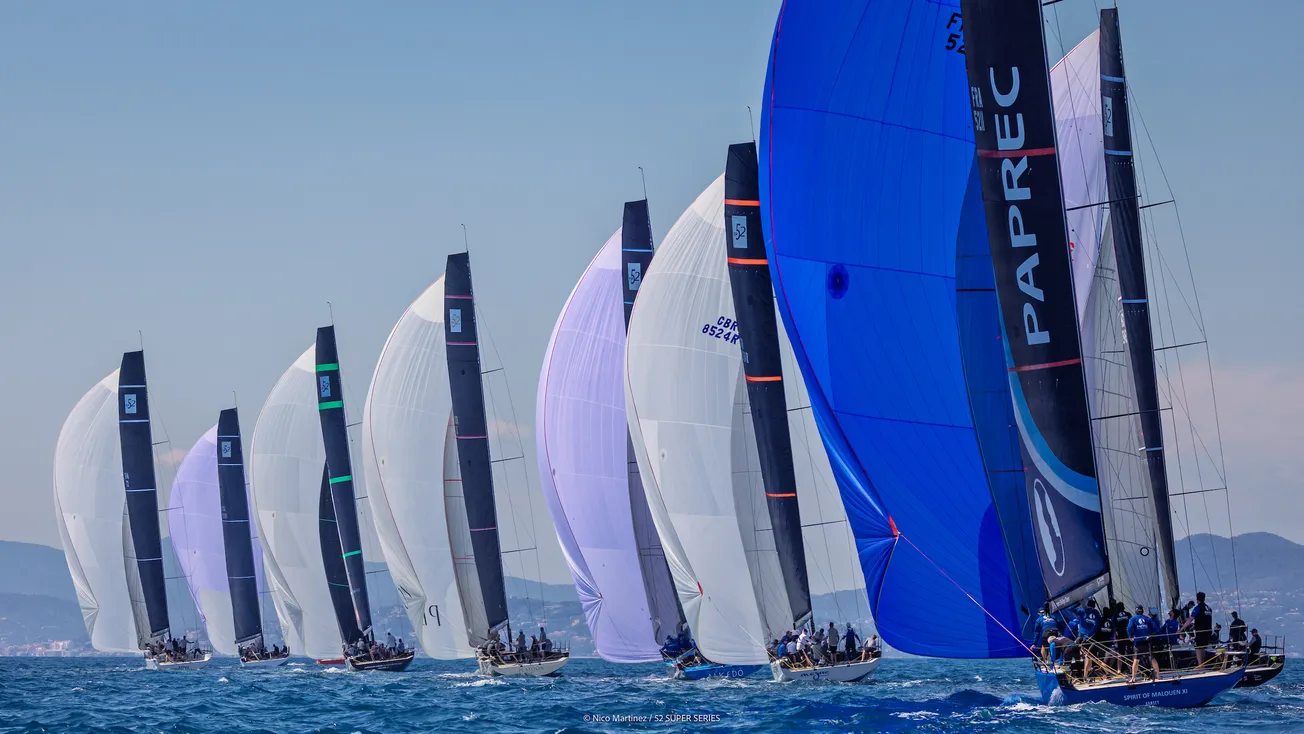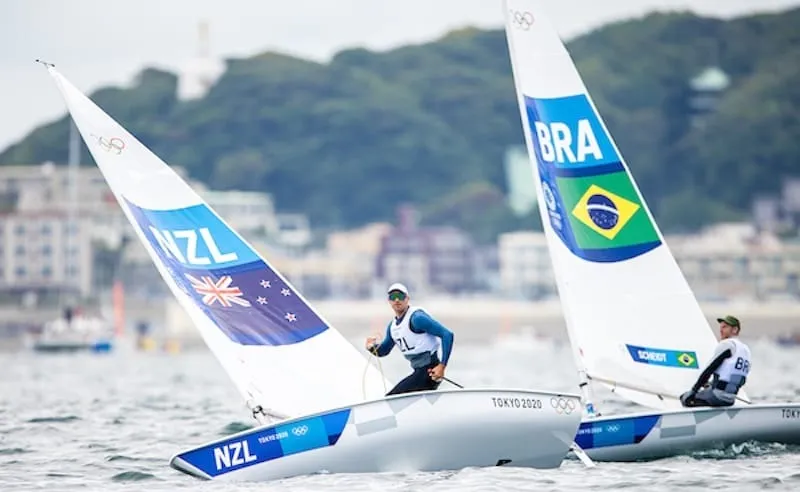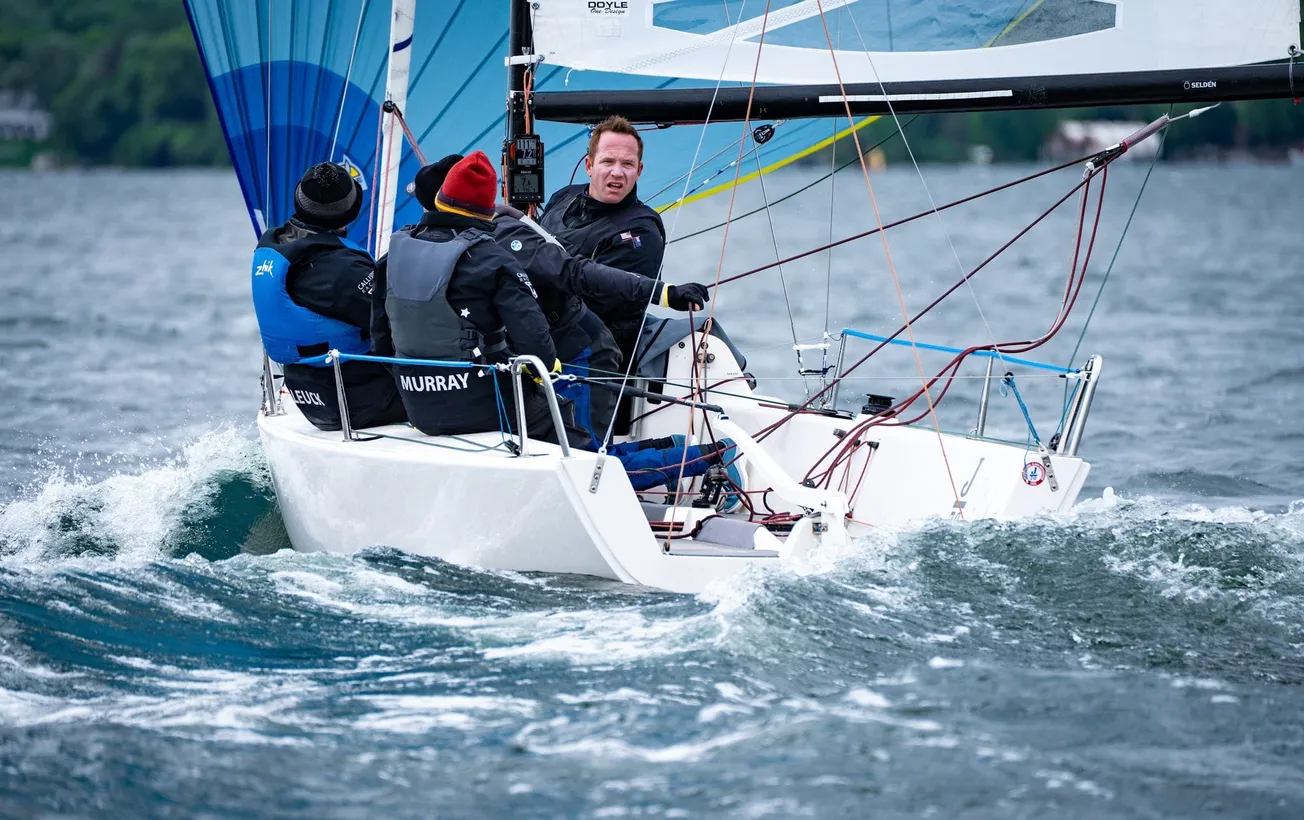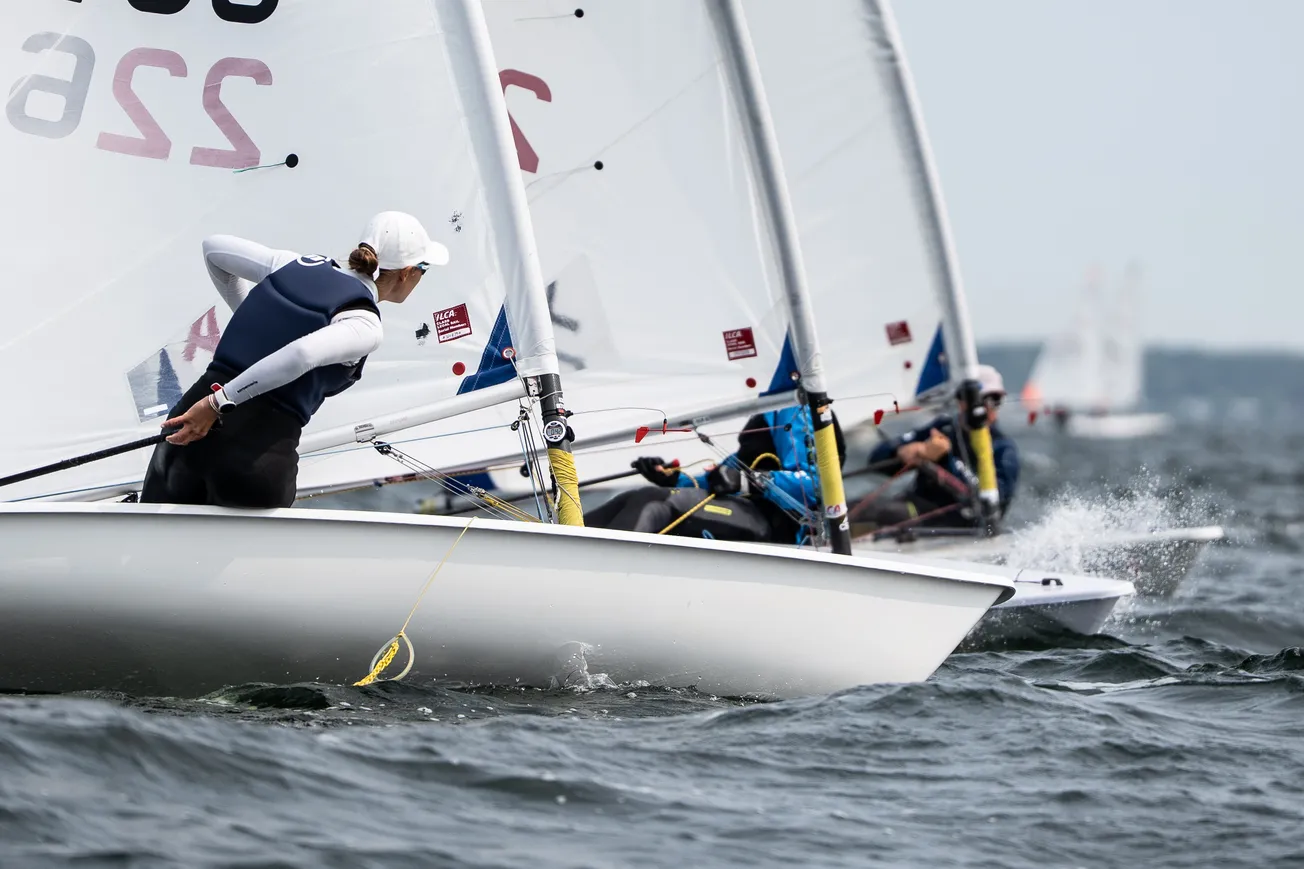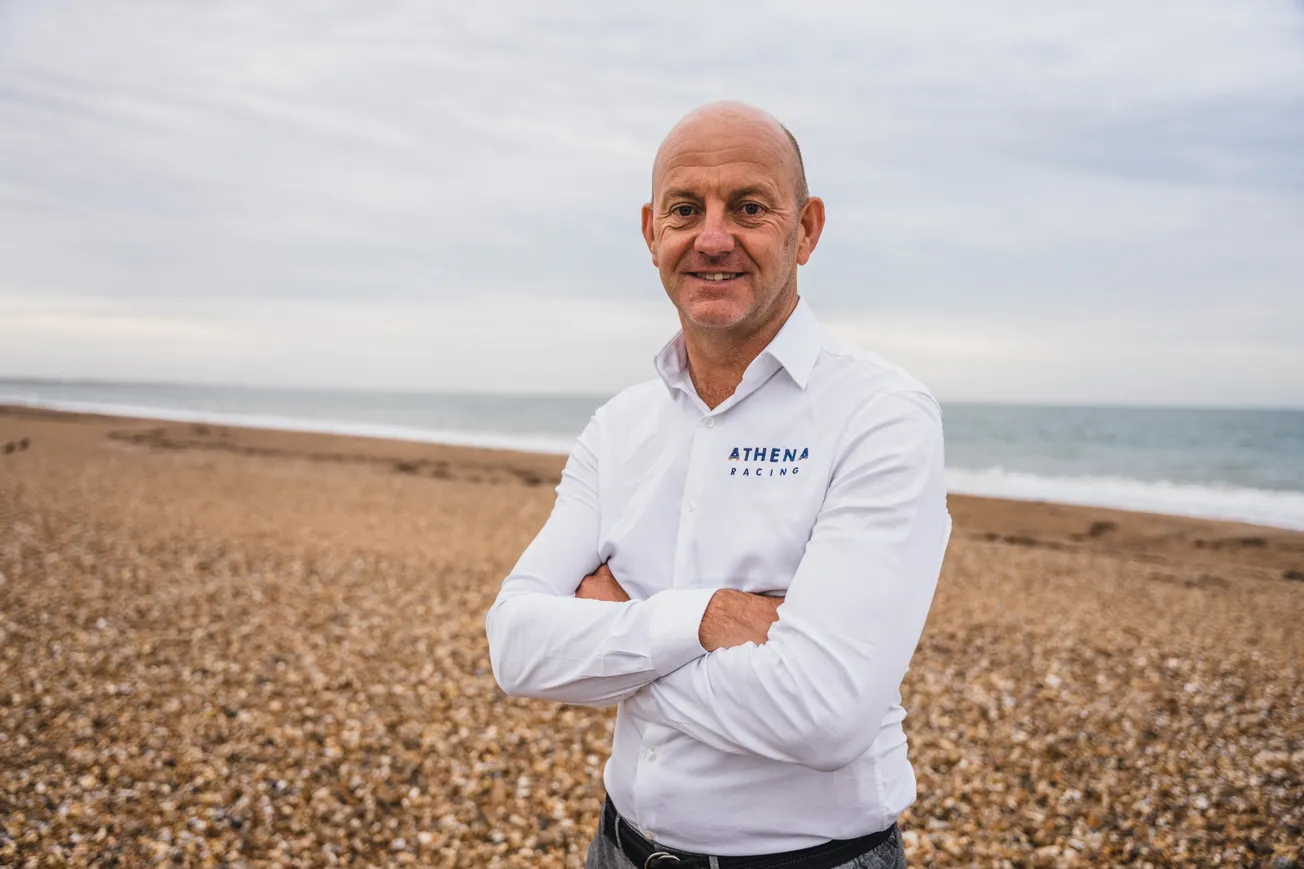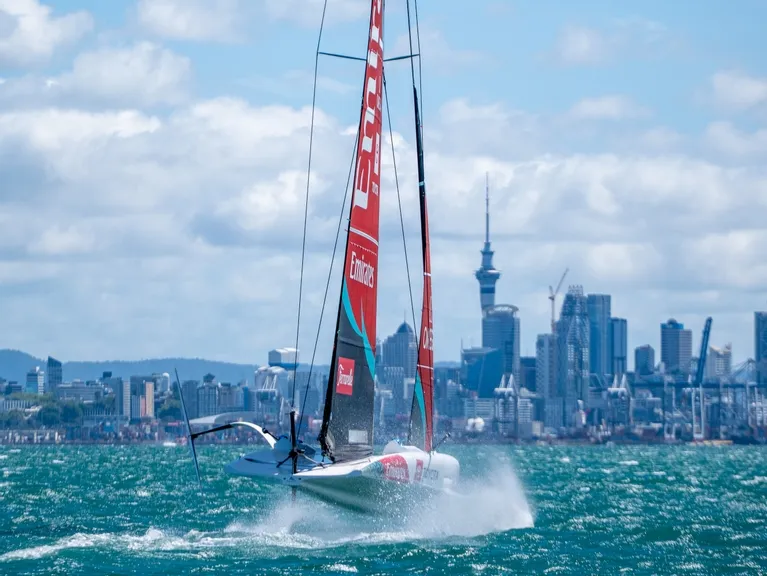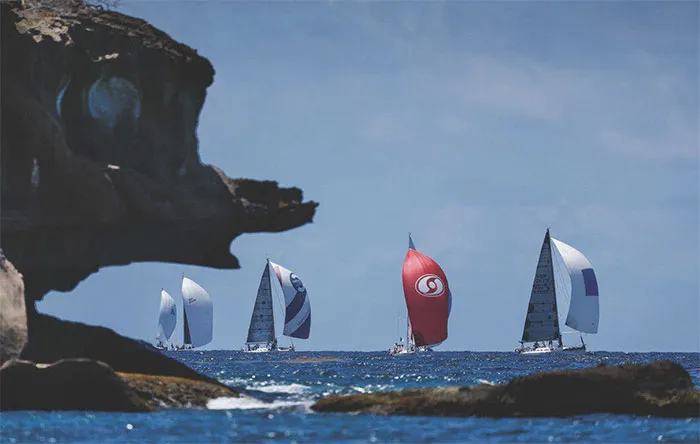You finish the last race of a big regatta. You’re not particularly happy with your results, but it’s not something worth getting upset over.
You sail back to the harbour, pack up your boat and trailer and try to escape the post-regatta madness.
If there’s free food you head to the results presentation, otherwise you head straight to the bar to make friends with the competitors you would have never considered speaking to on the water.
This is what a ‘post regatta review’ looks like for most sailors.
They have a vague idea about what they need to work on, but never really make a concrete plan to ensure they perform better next time round.
Here’s exactly what the best sailors do to review their results and use every regatta as an opportunity to improve:
Review each race
In an ideal world, you would have a coach or GPS to tell you exactly how many places you gained/lost on each leg of every race.
If you don’t have either of those, try and replay (mentally) each race to determine what went well and what didn’t.
The goal is to pinpoint exactly which parts of your sailing were lacking to give you a starting point for what you need to work on.
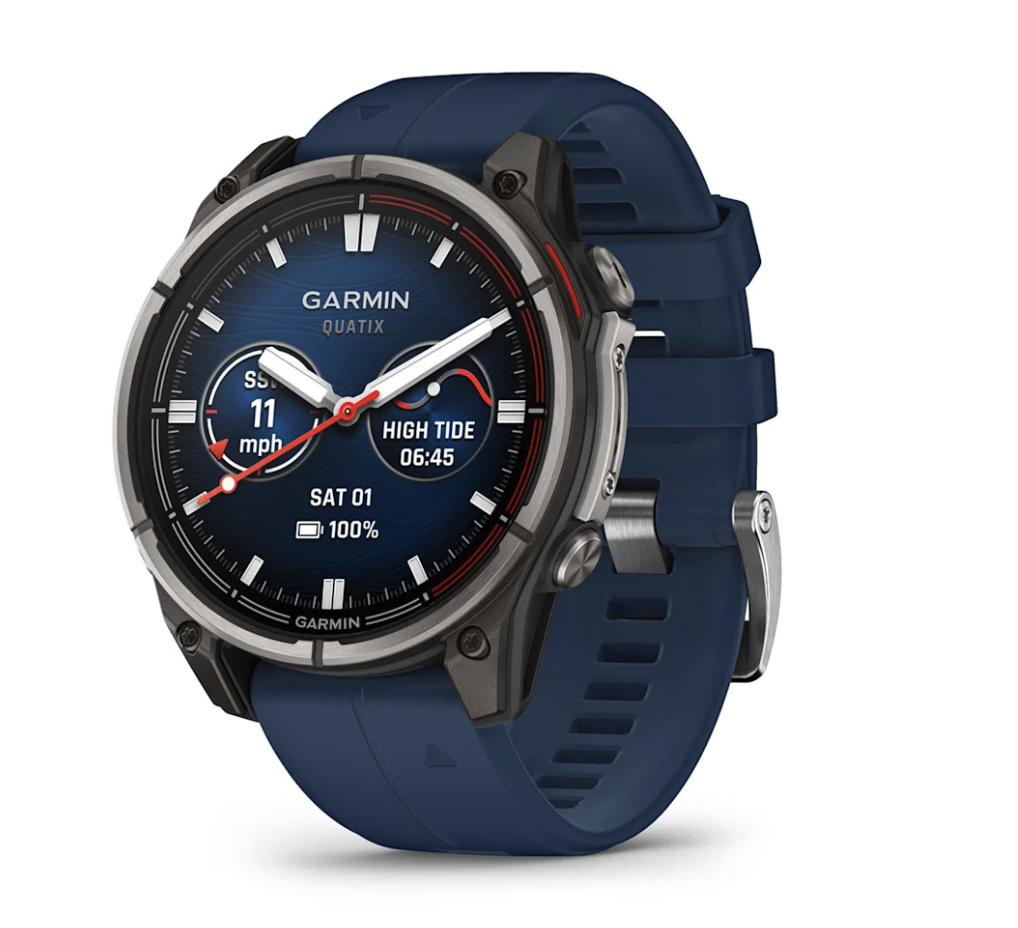
Garmin quatix® 8 – 47 mm, AMOLED: The Ultimate Smartwatch for Yacht Racers
The Garmin quatix® 8 – 47 mm, AMOLED is more than a smartwatch – it’s a race tool for serious sailors. With GPS-assisted start functions, full Garmin marine integration, and a stunning AMOLED display, it’s built to give yacht racers an edge on and off the water.
What does greatness look like?
It’s one thing to know where you’re lacking, but the magic happens in knowing exactly where you want to be.
At this point, you should be reflecting on the areas you need to improve and thinking to yourself, “who stood out in area X at the regatta?” or if there’s a sailor who you know is great at the skill you want to improve, use them.
With these examples, your aim is to analyse exactly what those sailors do which is different to you, and use that as a guide for what specific skills you need to improve.
If you have video of that sailor performing this skill, even better.
You can use that to create a list of the exact skills you need to master to improve your trouble areas.
Design a specific training plan
You know what you need to improve, you know how you want to race, all you need to do now is fill in the gaps with a training program that builds you up towards performing that skill in a race environment.
Let’s say you were losing places at bottom mark roundings.
You determined that the best sailors in the fleet:
- Position themselves to have inside overlap at least 20 boat lengths out from the mark
- Have the spinnaker dropped and packed away by one boat length out from the mark
- Don’t let any boats round inside them
- Are up to full speed within three boat lengths of exiting the mark
You can now practice each of those components over time, and increase the difficulty level to closely simulate racing.
Taking just one of those skills (spinnaker drops close to marks), you might start your training with practicing standalone drops with the exact communication and crew-work you will use during racing.
To ramp up the difficulty, you could start practicing spinnaker drops on a whistle. To add even more pressure, you could practice them in a confined space.
The idea is to increase the difficulty level over time and make the drill difficult enough to challenge you, but not too difficult that it’s impossible.
As you increase the difficulty before your next big regatta, the drills will become closer and closer to racing such that you can step into the regatta and easily perform the skill you were once lacking.
Repeating this process over years is how the best sailors reach the top of the fleet.
On The Layline Dan Self offers unfiltered tips and techniques from the best sailors in the world.
Join 1,000+ sailors using The Layline for access to information usually reserved for sailors paying $100s/hour for coaching.


